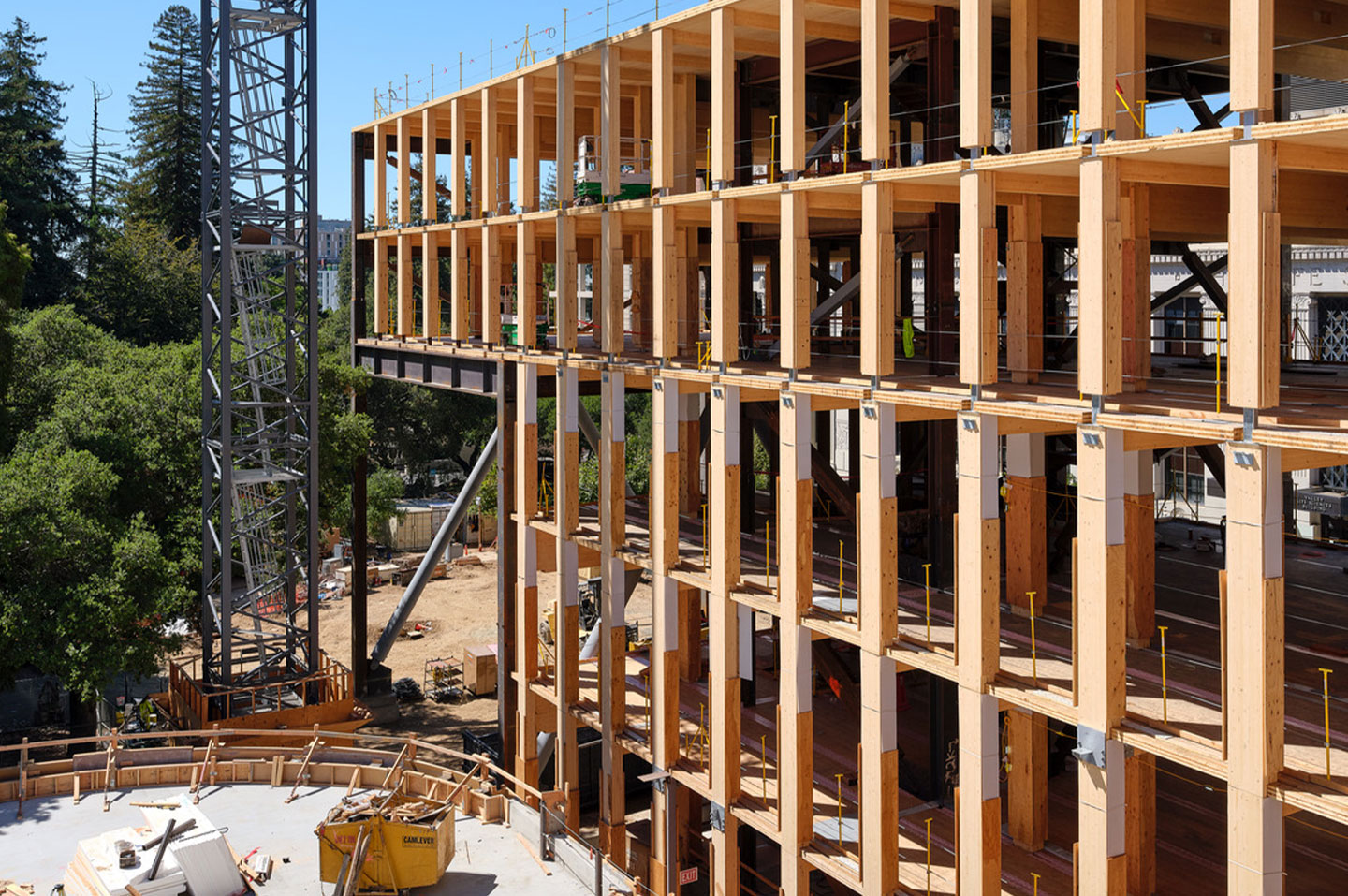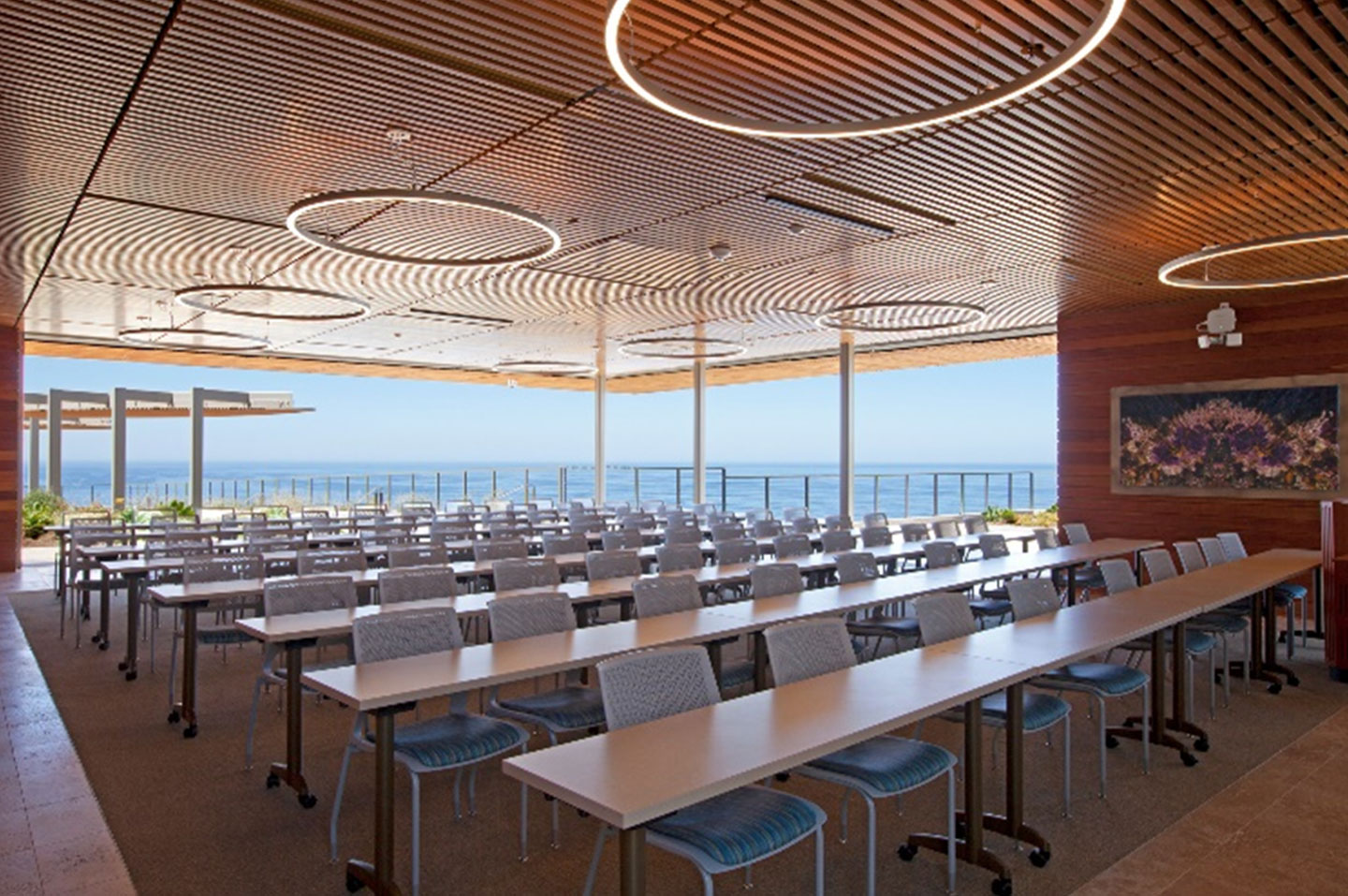Low Carbon Building at the University of California
Low embodied carbon construction and facilities are a key component of the President’s Leading on Climate priority to establish UC as the industry leader in building decarbonization. Urgency to upskill the industry and place an emphasis on understanding where and how our building materials are made has led to the development of UCOP Embodied Carbon Case Studies to share best practices in the industry. Six project case studies across various UC campuses and project types have been developed that exhibit low-carbon best practices.

Understanding Carbon Fundamentals
The implementation of low-carbon construction depends on a clear understanding of carbon usage. Learn what embodied carbon is, and how buildings are the biggest drivers of carbon emissions.
Carbon-Reduction Strategies
Across the UC system, we've implemented various low-carbon building techniques to reduce our overall carbon impact. These case studies showcase different carbon reduction strategies at existing UC campuses and medical centers.
Review our case studies to learn more about UC's committment to low-carbon construction.

Case Studies
Across the UC system, we've implemented various low-carbon building techniques to reduce our overall carbon impact.
These case studies showcase different carbon reduction strategies at existing UC campuses and medical centers.
Review our case studies to learn more about UC's committment to low-carbon construction.
Training Resources
We've created a series of training resources. These trainings were designed to increase the capacity of campus project management staff and managers to identify, evaluate and utilize low-carbon construction materials in existing and future UC capital projects.
Learn more about UC's low-carbon construction trainings and resources.

